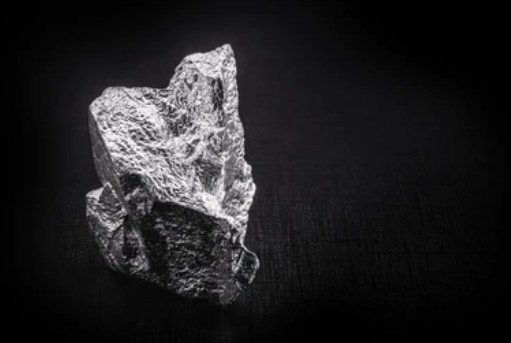Oxide-Based Materials Analysis
Oxide materials are widely used in modern life, from the construction and chemical industries to nanotechnology and energy storage. Solid-state nuclear magnetic resonance spectroscopy has positioned itself as one of the most informative methods for studying the molecular level structure of oxide-based solid materials in detail, which is generally unparalleled by other available technologies.

As an expert in the field of nuclear magnetic resonance, Creative Biostructure provides customers with NMR analysis services for ordered crystalline oxide systems and solid-state NMR analysis services for defective, disordered, and amorphous oxide solids.
Solid-State NMR Analysis of Defective, Disordered, and Amorphous Oxide Solids
- Analysis services for structural defects.
- Solid-state NMR analysis service for amorphous oxides.
NMR Analysis Service for Ordered Crystalline Oxide Systems
- Our approach
Our NMR analysis of oxide-based materials mainly focuses on quadrupole nuclei, partly because 17O (the only oxygen isotope suitable for nuclear magnetic resonance) is a quadrupole nucleus with I=5/2. Like most nuclear magnetic resonance (NMR), the NMR observable isotopes of the elements that make up oxides also have quadrupole moments.
Our detailed analysis of the NMR spectra of solid-state quadrupole nuclei involves conducting experiments in several different magnetic fields, which allows for the distinction between chemical shielding anisotropy (CSA) and electric field gradient (EFG) interactions.
In order to produce a very wide powder pattern of the correct shape in a fixed sample, we typically use a quadrupole Carr Purcell Meiboom Gill (QCPMG) pulse sequence, a broadband uniform rate smooth truncation (WURST) pulse sequence, or a combination of them, such as a WURST CPMG pulse sequence.
- Our methods to obtain available high-resolution spectra
We use magic angle rotation (MAS), double rotation (DOR), and multiple quantum magic angle rotation (MQMAS) techniques to conduct solid-state NMR of oxide materials to obtain usable high-resolution spectra.
- Analysis of oxide crystals with multiple non-equivalent positions
In the case of multiple non-equivalent locations in the system, only a combination of ultra-high field NMR and DFT calculations can determine the NMR parameters for each individual site.
We often use the following methods: Theoretical NMR parameters are obtained by GIPAW, which are subsequently used as starting parameters for analyzing experimental, fixed, and MAS NMR spectra recorded under different magnetic fields.
- The challenge nuclei we use in solid-state NMR
NMR is often more informative when experimenting with several different nuclides present in the system. Ideally, it would be beneficial to include all the cores in the system under study. However, in practice, not all NMR active nuclei are suitable for NMR experiments. Some atomic nuclei have lower natural abundance or lower spin magnetic ratios (γ), or higher quadrupole moments. In our nuclear magnetic resonance experiments, ultrahigh magnetic fields are often helpful in processing these "difficult" nuclei, including 17O, 25Mg, 43Ca, 47, 49Ti, 67Zn, 87Sr, 91Zr, 135Ba, and 139La.
- Our method of improving the sensitivity of NMR
Dynamic nuclear polarization (DNP) is a rapidly developing research field in solid-state nuclear magnetic resonance spectroscopy of oxide systems. The main purpose of DNP is to improve the sensitivity of NMR by combining electron paramagnetic resonance (EPR) phenomena with NMR experiments. One of the unique advantages of DNP is that it can be used to specifically enhance surface and interface NMR signals by introducing various free radical polarizers.
Creative Biostructure is committed to providing high-quality NMR analysis services to advance the life sciences fields. If you have any questions or needs, please contact us and our customer service staff will help you the first time.
Ordering Process
